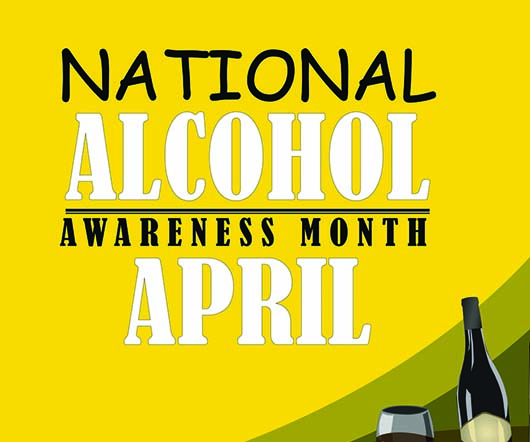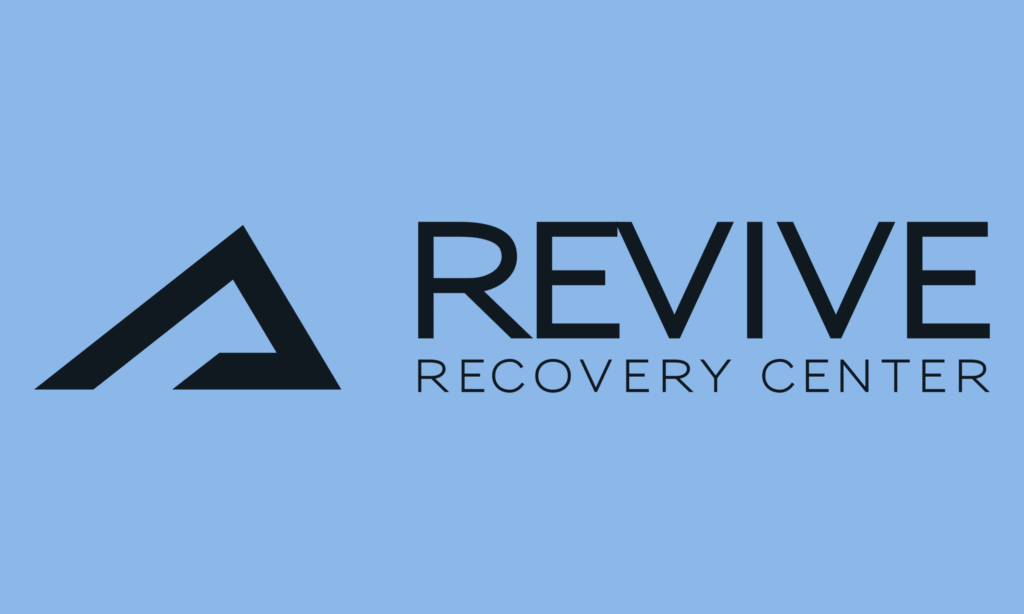An Important Message about Teen Girls and Suicide By Jan Hamilton, Doorways The suicide rate for girls aged 10-14 has tripled from 1999 to 2014. In fact, the CDC has...
An Important Message about Teen Girls and Suicide
By Jan Hamilton, Doorways
The suicide rate for girls aged 10-14 has tripled from 1999 to 2014. In fact, the CDC has reported the suicide rate has increased by 24% since 1999, and has been increasing by 2% per year since 2006. Suicide is now the second-leading cause of death for young people aged 15-24.
Two-thirds of people who commit suicide suffered from depression and most of them had not sought out or received treatment.
The question to ask is —
What can we do to help these kids?
The first thought that comes to mind is that we need to remove the stigma associated with having depression (or any other mental health issue). We need to show kids that it’s okay to admit they have struggles and help is available to them.
How do we do this?
Admitting and seeking treatment for our own mental health concerns.
Speaking openly about our own mental illness or mental illness that runs in our family.
Learning, understanding, and sharing correct and positive information about mental illnesses.
Replacing labels and judgment with inclusion and respect for those who suffer from mental health challenges.
For help addressing the subject with your teen or young adult, give Doorways a call. Consultations are free to any parent seeking help. In addition, we run a DBT Skills Group on Monday nights and a DBT Skills IOP which both can give young people the tools they need to have successful relationships and boundaries.
With school getting out soon, it would be the perfect time for a student aged 13-17 to get involved in either of these fun and life-changing programs.
For more information: 602-997-2880, E: [email protected] or visit www.doorwaysarizona.com.
The Meadows Celebrates 40 Years
On Friday, June 24, The Meadows will celebrate 40 years of excellence in helping patients struggling with addiction and behavioral health disorders. The open house event will take place at the Meadows Outpatient Center in Scottsdale, Arizona from 11 a.m. – 4 p.m. Arizona MST.
The Meadows was one of the first addiction treatment programs in Arizona. When the first patient was admitted on June 18, 1976, the program was focused primarily on alcoholism and was geared toward men.
In the 40 years since, The Meadows has expanded to treat both men and women with a wide variety of addictions, trauma, and disorders.
It has added several specialty programs including Gentle Path at the Meadows for men struggling with sex addiction; The Claudia Black Young Adult Center for people aged 18 – 26 with addiction and behavioral health issues; Remuda Ranch at The Meadows for women and girls with eating disorders; and The Meadows Outpatient Center for those who need treatment in an intensive outpatient setting.
The Meadows recently opened the Rio Retreat Center at the Meadows where they host 5-day intensive workshops exploring a wide range of spiritual and emotional topics.
Throughout the years, The Meadows has also stayed on the cutting edge of treatment modalities. From the beginning, they were one of the first to recognize childhood trauma as a root cause of addiction and behavioral health disorders and pioneered treatment methods for helping patients overcome their trauma and harmful self-beliefs. Still, to this day, they are often among the first to add the latest, scientifically proven methods for helping patients regulate their emotions and overcome their addictions and disorders—methods like EMDR, Somatic Experiencing, and most recently, neurofeedback.
“It is hard to find an area of mental health or addiction recovery that hasn’t been influenced in one way or another by the Meadows,” says Sean Walsh, Chief Executive Officer. “When I think of the thousands upon thousands of patients and families whose lives have been forever changed as a result of the Meadows it is an overwhelming and very humbling experience. The Meadows history and legacy inspires me to strive every day to ensure we are pursuing excellence and that we do all we can to be a source of hope and light to those we are honored to treat.” RSVP for the 40th Anniversary celebration: [email protected].
Senator McCain wants Hearing on Prescription Drug Abuse and Professional Sports
U.S. Senator John McCain of AZ is calling for a Senate hearing on the link between professional sports and prescription drug abuse, ABC News reported.
McCain said he wants the Senate Commerce Committee to convene hearings on drug abuse and addiction in professional sports. The hearings should also cover major injuries such as concussions, he said. “As a specific relation to professional sports, frankly, I don’t think they’ve done enough” to address painkiller addiction, McCain said on the ESPN/ABC podcast “Capital Games.”
“I’d like to see more attention on the [sic] Congress on this whole unique aspect and dangers and hazards that are true in professional sports, especially the contact sports,” McCain said. “Why don’t we make people aware of the dangers of these painkillers, of getting hooked on them? Why don’t we do a better job of awareness?”
According to a blog by the National Institute on Drug Abuse (NIDA), some professional football players may abuse prescription drugs to cover up the pain that can result from football-related injuries. The National Football League (NFL) bans players from using, possessing or distributing illegal drugs such as cocaine, marijuana, Ecstasy and PCP, as well as painkillers such as opioids.
“NFL players are tested for drugs at certain points throughout the season, and again at other times if a player fails a drug test, or is arrested in connection with drug use, or shows sign of drug abuse,” NIDA notes.
A player who violates the NFL’s drug policy once receives 90 days of treatment and unannounced testing. A second-time violation results in two years of treatment and testing, in addition to a four-game suspension if the player does not stick with the treatment or tests positive. If a player violates the policy three times and does not stay with treatment or has a positive test for marijuana, he gets a 10-game suspension, or a year-long ban from the League for using other drugs.
Medical Experts Raise Alarms About Marijuana “Dabbing”
Medical experts are concerned about marijuana “dabbing,” a potentially dangerous way of using the drug. Dabbing appears to be increasingly popular among young people in New York City, according to The New York Times.
According to the Drug Enforcement Administration (DEA), dabbing is a method used to convert marijuana into a concentrate. It uses butane, which is highly flammable, to extract THC from the cannabis plant. THC is the psychoactive chemical in marijuana. This process has resulted in violent explosions, the DEA noted.
While marijuana in its traditional plant form has a THC concentration of about 20 percent, the wax used for dabbing can have a concentration of up to 80 percent, according to the DEA.
“In this process, shredded or ground up plant material is stuffed into a glass, metal, or plastic pipe, with a filter on one end and then the butane is forced in the open end of the pipe,” the DEA explains in a brochure. “As the butane goes through the pipe, the THC within the plant material is extracted and forced through the filter, usually into a receptacle. The receptacle is then heated to burn off the remaining butane, creating a butane gas.”
Dabbing is popular among teenagers, as well as workers on Wall Street, the article notes. Many people use vaporizers and vape pens, which are similar to e-cigarettes. They squeeze the extract into the chamber inside the pen and inhale.
The marijuana extract, also known as shatter, butter and honey, is on the radar of federal law enforcement officials. “We monitor any type of new twist on drug use in order to warn the public of its danger,” James J. Hunt, special agent in charge of the DEA’s New York division. “Not only is the method of production explosive, but the use has serious physical and psychological side effects.”
Congress Focuses on Treatment, Not Restricting Access
Congress is focusing on expanding treatment for opioid addiction instead of restricting access to painkillers in its efforts to address the opioid epidemic, The New York Times reports.
Legislators seem to be willing to allow opioid prescriptions to remain widely accessible, the article notes.
The U.S. House aimed at addressing the nation’s opioid crisis, will work with the Senate to craft compromise legislation. The bills would increase prescription drug monitoring and treatment; fund efforts to dispose of prescription drugs; and assist states that want to expand the availability of the opioid overdose antidote naloxone. The Senate bill would expand the availability of medication-assisted treatment, including in criminal justice settings, and would support treatment as an alternative to incarceration.
Congress passed a measure, signed by President Obama, that limited the powers of the Drug Enforcement Administration (DEA) to go after pharmacies and wholesalers the agency believes have contributed to the opioid epidemic.
Chain pharmacies and drug distributors said DEA investigations hurt their businesses when the agency ordered immediate closures of pharmacies determined to be destinations for people addicted to opioids who were looking for more pills.
“The DEA has employed the same disrupt-and-dismantle tactics to take down international drug cartels and other criminals as it does to combat prescription drug abuse,” said John Gray, the President of the Healthcare Distribution Management Association, a trade organization for drug wholesalers.
Current and former DEA officials said a powerful lobby got the law passed. “Under this law, the bad actors simply have to promise to be good, and we won’t take them to court to punish them for what they’ve already done,” said Joseph T. Rannazzisi, former Director of the DEA’s Office of Diversion Control.


























